Introduction
In the ever-evolving landscape of design, graphic designers are at the forefront of shaping how we perceive and interact with visual content. As technology continues to advance and cultural shifts redefine aesthetics, the future of graphic design is an exciting frontier. In this blog, we'll explore some compelling trends that are poised to shape the future of graphic design, offering insights into how these developments will influence the way we create, communicate, and connect.
Augmented Reality (AR) and Virtual Reality (VR) Immersive Experiences
Graphic designers are going into the area of immersive experiences as AR and VR technology become more accessible and advanced. These technologies enable designers to combine the digital and physical worlds, allowing people to interact with digital aspects in their environment. AR and VR bring up unlimited possibilities for creating engaging and memorable experiences, from interactive marketing to virtual showrooms.
3D and Depth in Design
Three-dimensional elements are increasingly being used in graphic design. Depth, layering, and realism are being used by designers to create visually appealing compositions. 3D typography, images, and animations are becoming increasingly important in branding and marketing efforts, providing a unique and appealing look that stands out in a cluttered visual field.
Sustainable and Eco-Friendly Design
As environmental issues gain prominence, graphic designers are incorporating sustainability into their work. Future design trends will most likely emphasise eco-friendly materials, minimalist designs, and an emphasis on ethical production. Environmentally conscious ideals are becoming increasingly important to brands, and designers will play an important role in visually communicating these principles.
Typography Evolution: Variable Fonts and Experimental Typefaces
With the growing popularity of changeable typefaces, typography is about to undergo a shift. These fonts enable for real-time changes to weight, width, and other features, providing designers with unprecedented versatility. Additionally, designers will push the boundaries of letterforms to develop distinctive and compelling designs, which will lead to increased experimentation with custom and artistic typefaces.
Data Visualisation and Infographics
Effective data visualisation is critical in an age of information overload. Graphic designers will be critical in transforming complex data into engaging graphics that are simple to grasp and share. Infographics will continue to evolve, with interactive components and dynamic storytelling combining to engage consumers on a deeper level.
Motion Graphics and Animation
Demand for motion graphics and animation is increasing rapidly across digital platforms. Motion adds life and interactivity to static designs, from social media ads to website backgrounds. As organisations strive to develop fascinating content that catches and holds audience attention, graphic designers with animation talents will be in great demand.
Neomorphic and Soft UI Designs
Neomorphic design, which combines skeuomorphism and flat design, is gaining popularity. This approach adds depth and realism to user interfaces by using soft shadows, embossed objects, and a tactile appearance. Soft UI designs place a premium on user comfort and accessibility, resulting in more intuitive and visually appealing digital experiences.
Artificial Intelligence (AI) and Design Automation
AI is revolutionising several industries, including graphic design. AI-powered design automation solutions can automate monotonous activities, allowing designers to focus on more creative and strategic aspects. While AI will not replace human creativity, it will become a crucial tool for idea generation, layout, and even colour choosing.
Cultural Diversity and Inclusive Design
Graphic designers will be challenged to create designs that engage with varied audiences in an increasingly linked world. The emphasis will be on representation, cultural awareness, and designs that cater to a worldwide audience. Accepting diversity will be both a social responsibility and a creative asset.
Nostalgia and the Retro Revival
Designers are using nostalgia's eternal attraction to create designs that elicit a sense of familiarity and comfort. Retro aesthetics coupled with modern components will continue to impact branding, packaging, and visual identities, achieving a balance between the past and the present.
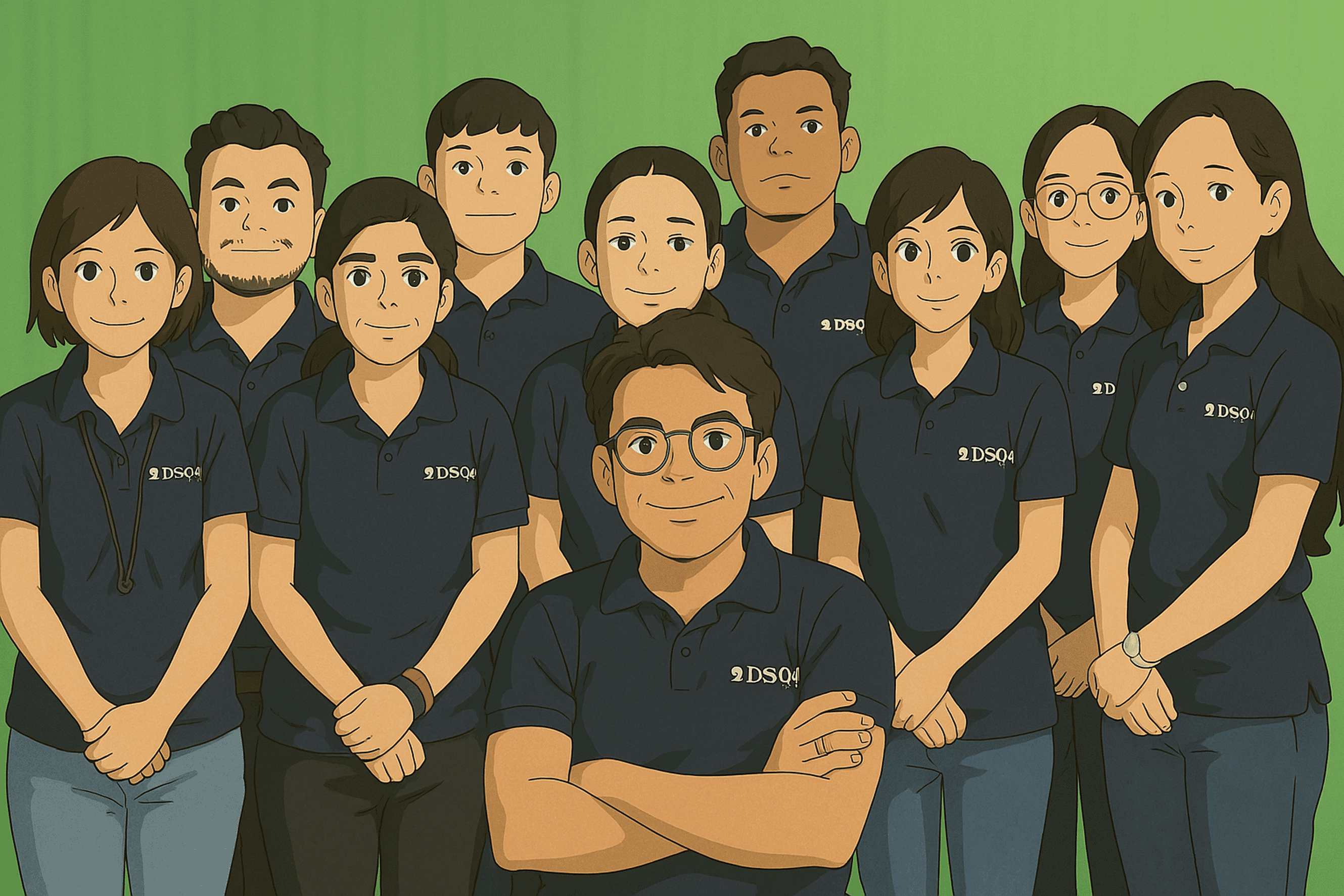 How to Turn Your Photos into Ghibli-Style Art with ChatGPT for Free
How to Turn Your Photos into Ghibli-Style Art with ChatGPT for Free Top 10 AI Tools for Plagiarism-Free Content Writing: Boost Your SEO & Digital Marketing Efforts
Top 10 AI Tools for Plagiarism-Free Content Writing: Boost Your SEO & Digital Marketing Efforts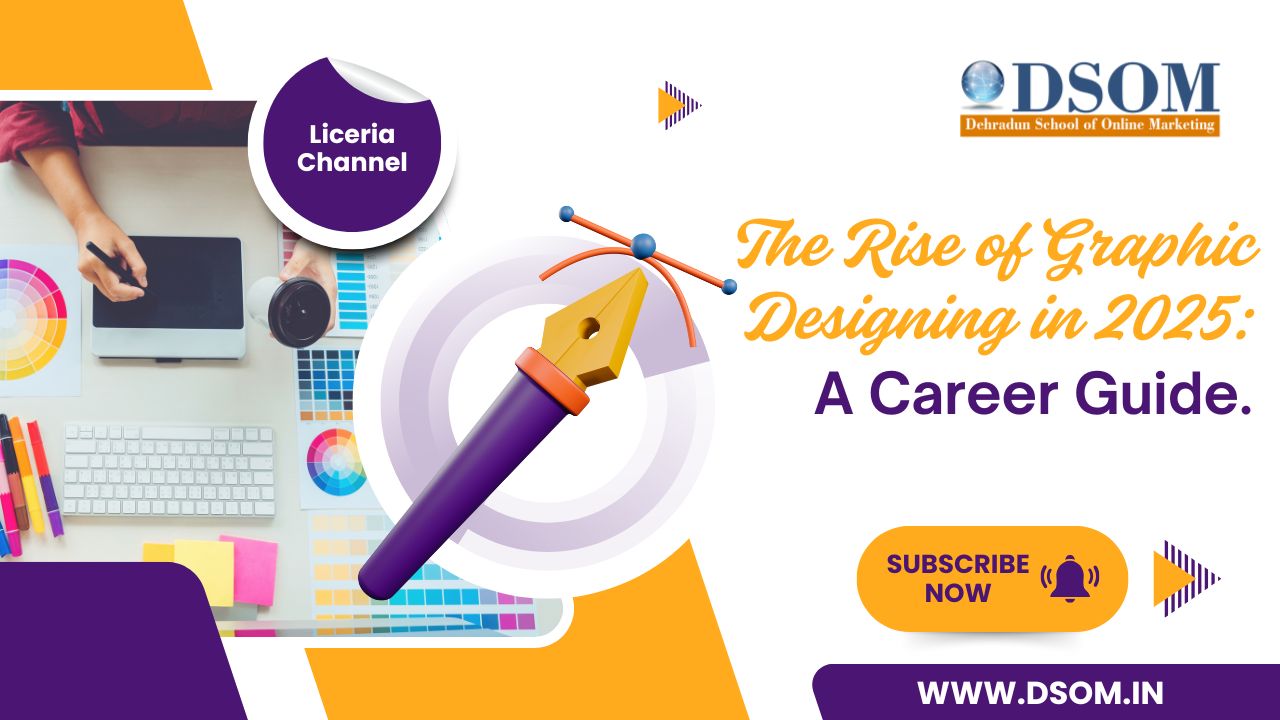 The Rise of Graphic Designing in 2025: A Career Guide.
The Rise of Graphic Designing in 2025: A Career Guide.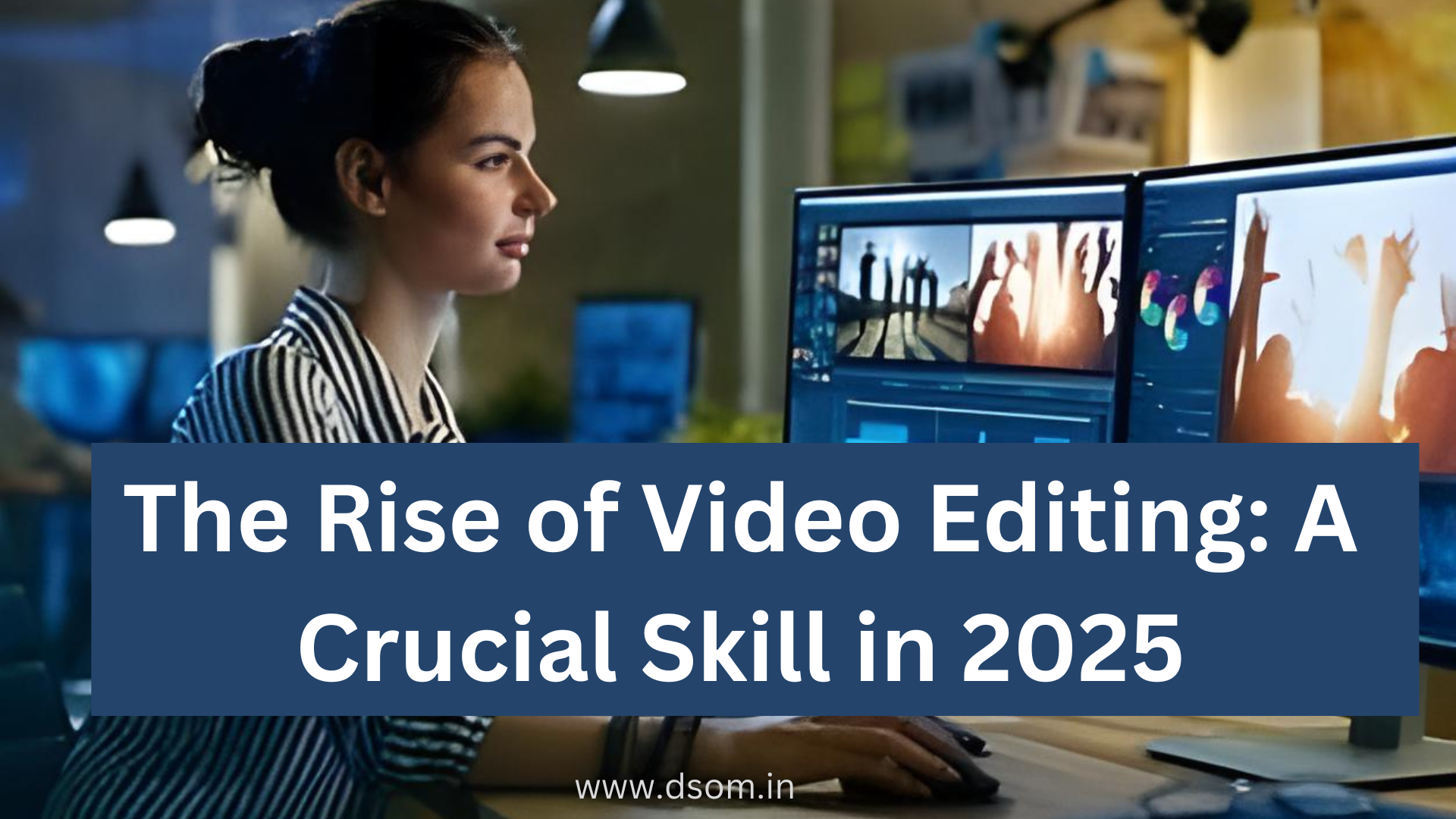 The Rise of Video Editing: A Crucial Skill in 2025
The Rise of Video Editing: A Crucial Skill in 2025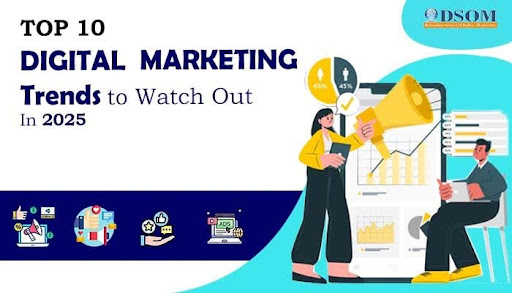 Top 10 Digital Marketing trends in 2025
Top 10 Digital Marketing trends in 2025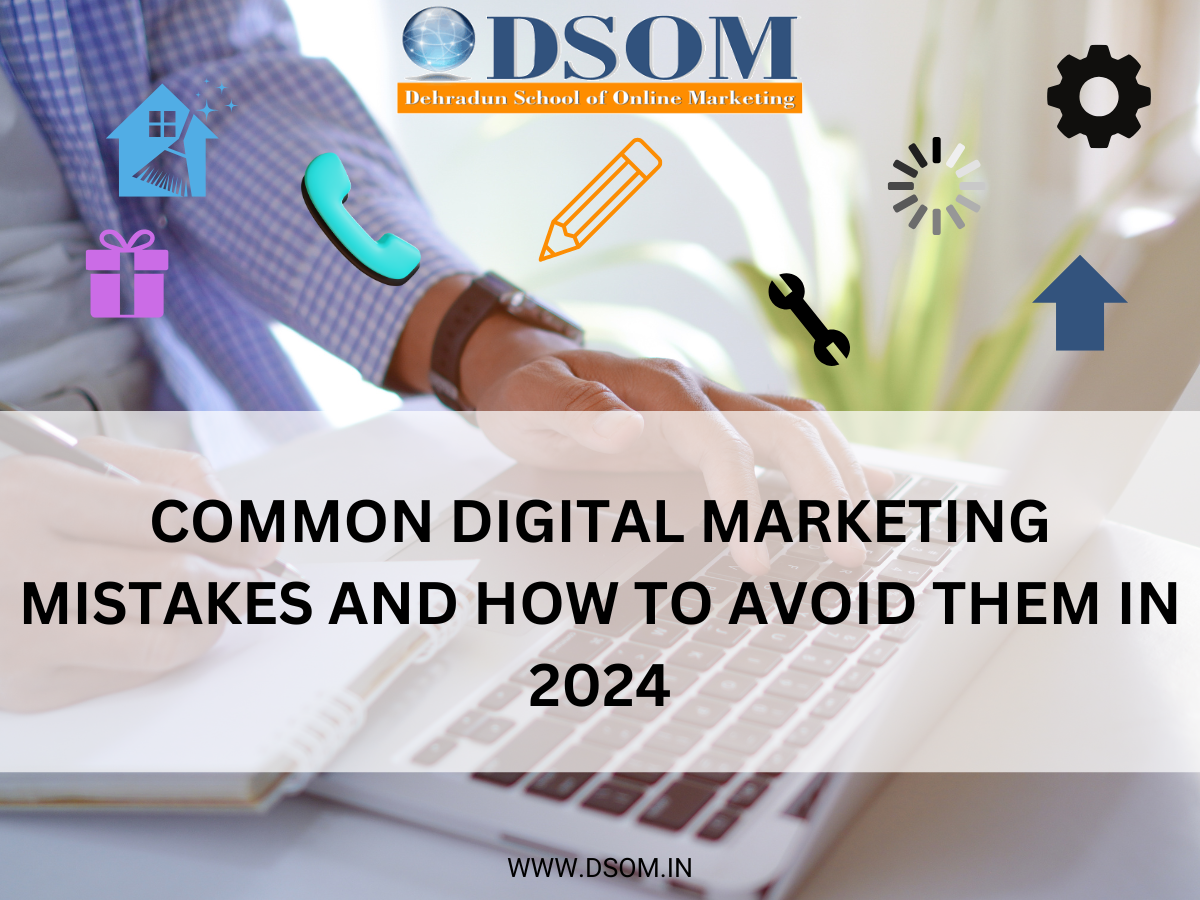 Common Mistakes in Digital Marketing and How to Avoid Them 2025
Common Mistakes in Digital Marketing and How to Avoid Them 2025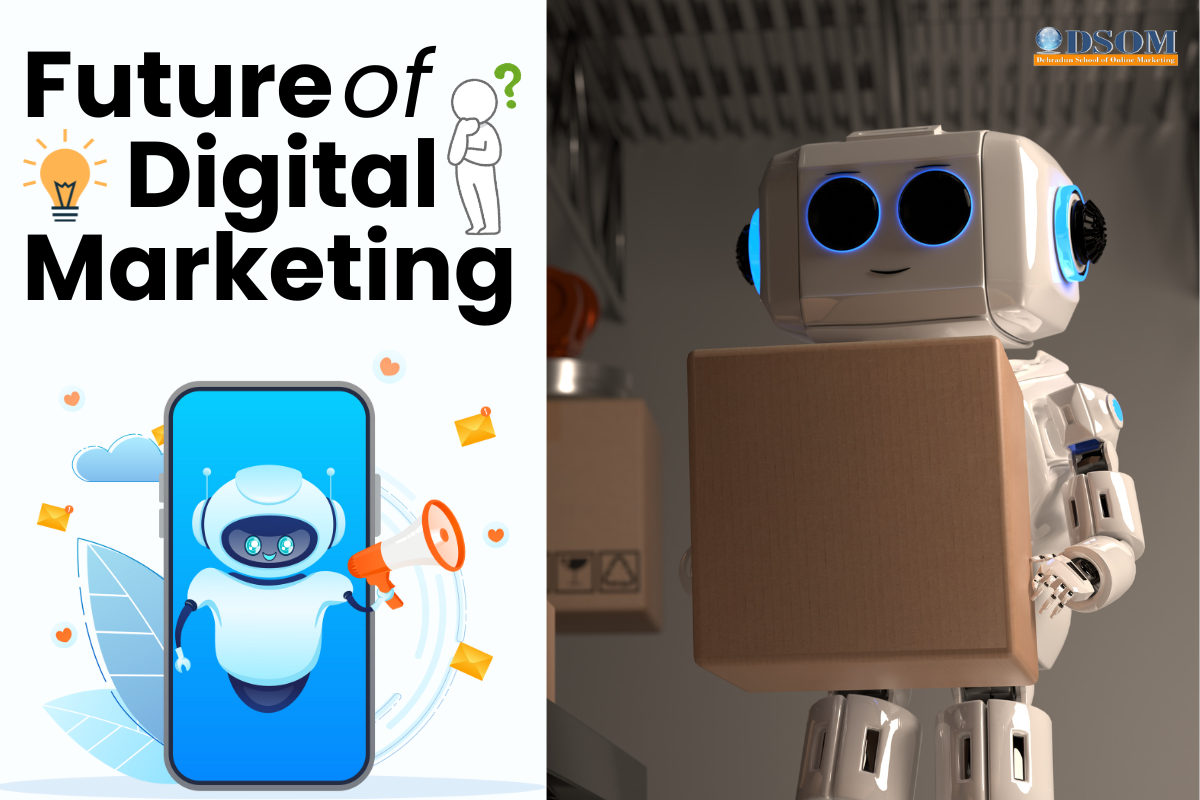 The Future of Digital Advertising: What You Need to Know
The Future of Digital Advertising: What You Need to Know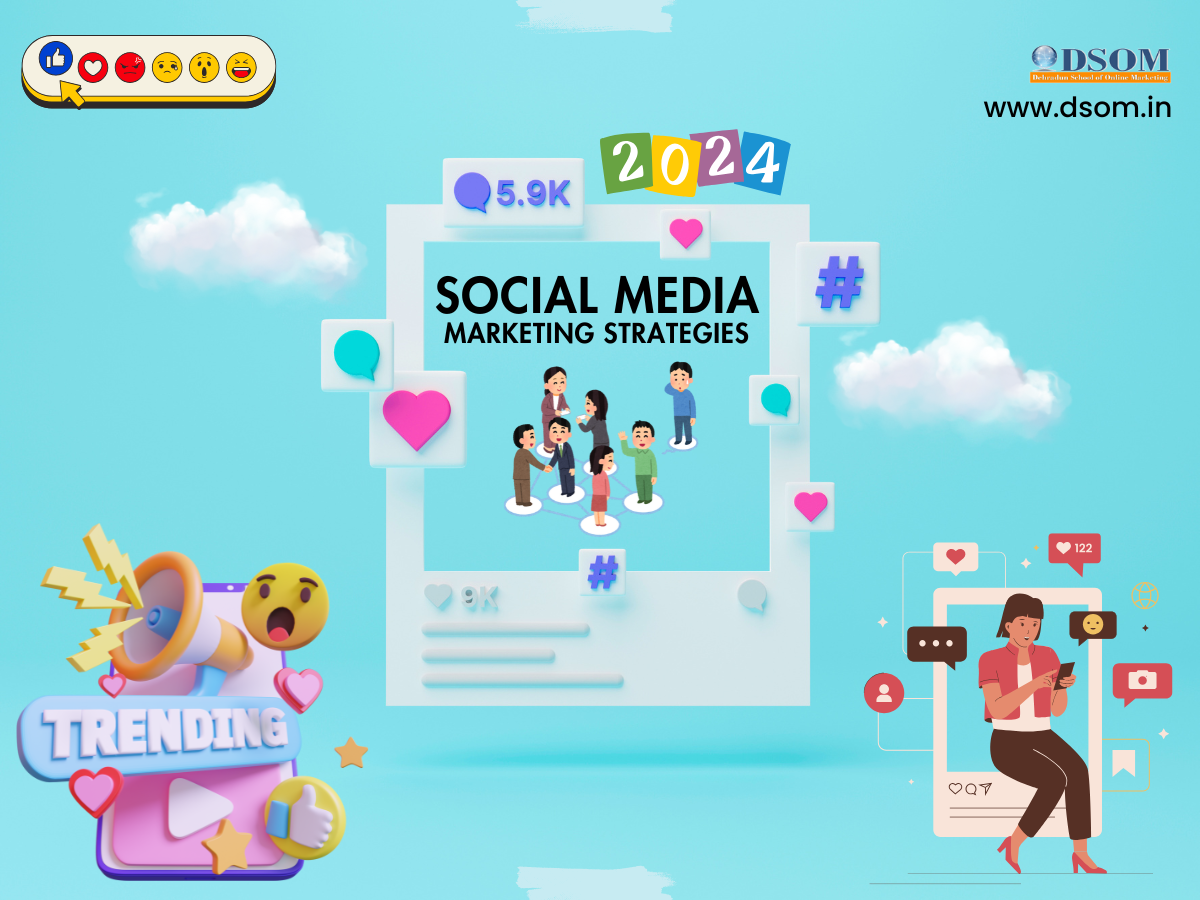 Social Media Marketing in 2024: Strategies for Maximum Engagement
Social Media Marketing in 2024: Strategies for Maximum Engagement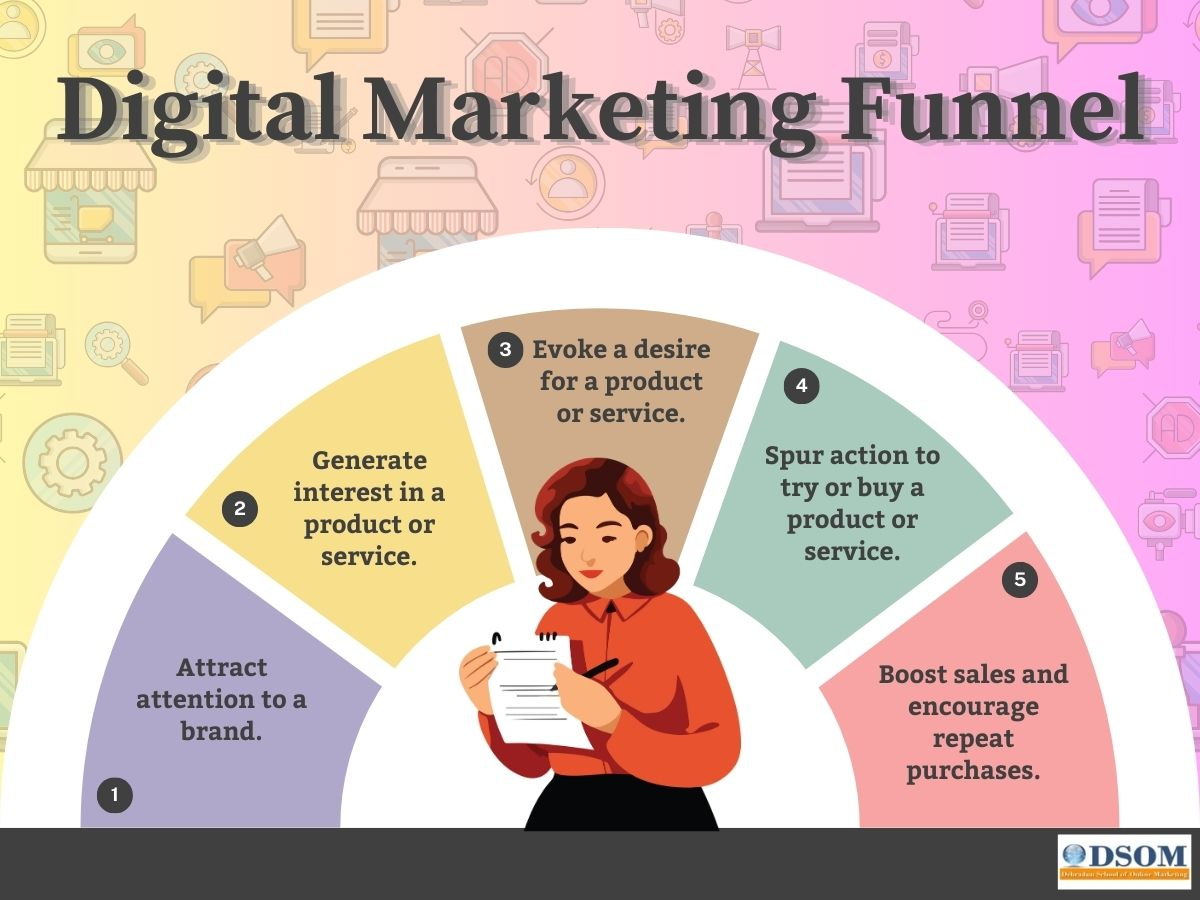 Building a Successful Digital Marketing Funnel: A Step-by-Step Guide
Building a Successful Digital Marketing Funnel: A Step-by-Step Guide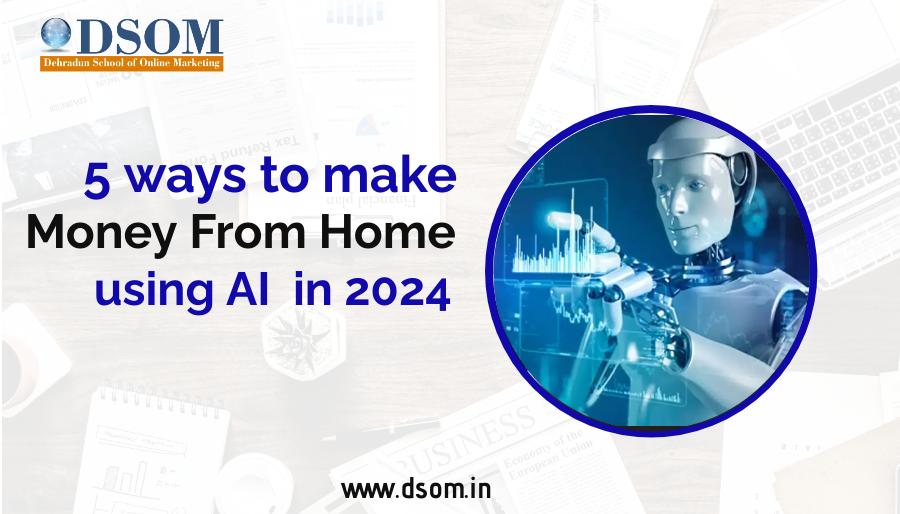 5 ways to make money from home using AI (Artificial-Intelligence) in 2024
5 ways to make money from home using AI (Artificial-Intelligence) in 2024